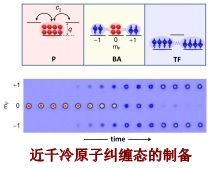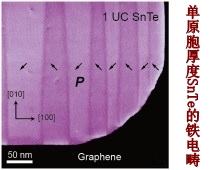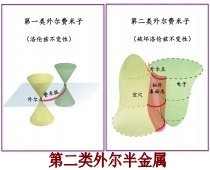



报告题目:Tidal Disruption Events Discovered from the XMM-Newton Catalog
报 告 人:Dacheng Lin, University of New Hampshire
报告时间:2018-01-18 09:00
报告地点:蒙民伟科技南楼 S727
报告摘要:Multiwavelength flares from tidal disruption and accretion of stars can be used to find and study otherwise dormant massive black holes in dense stellar environments such as galactic nuclei and star clusters. Very few tidal disruption events (TDEs) have been found, and only ~30 have associated X-ray emission. Here I report my discovery of two very important sub-classes of TDEs from intensive search over the XMM-Newton X-ray source catalog: super-Eddington accreting events and off-nuclear events associated with intermediate-mass black holes in star clusters. For super-Eddington accreting TDEs, I will focus on my discovery of a well observed super-long (>11 years, vs. ~1 year for other events) luminous X-ray flare from the nuclear region of a dwarf starburst galaxy. This event displayed unique quasi-soft X-ray spectra signaling super-Eddington accretion, which is also supported by the Eddington-limited peak luminosity and later dramatic transition from quasi-soft to super-soft X-ray spectral states. My discovery of two other events of similar super-Eddington accretion spectral characteristics suggests the formation of a new, super-Eddington accreting class of TDEs. For off-nuclear TDEs, I will focus on my discovery of a luminous soft X-ray outburst from a massive star cluster, which lies at a projected offset of 12.5 kpc from the center of a large S0 galaxy. The luminosity peaked at ~10^43 erg/s and decayed systematically over 10 years, approximately following a trend expected for a TDE. The X-ray spectra were ultrasoft and softened with decrease in luminosity, allowing me to establish the association of the source with an intermediate-mass black hole of a few 10^4 solar mass. Another similar but less covered event was also discovered in my search, demonstrating that one of the most effective means to detect intermediate-mass black holes that are still very rare is through X-ray flares from TDEs in star clusters.
